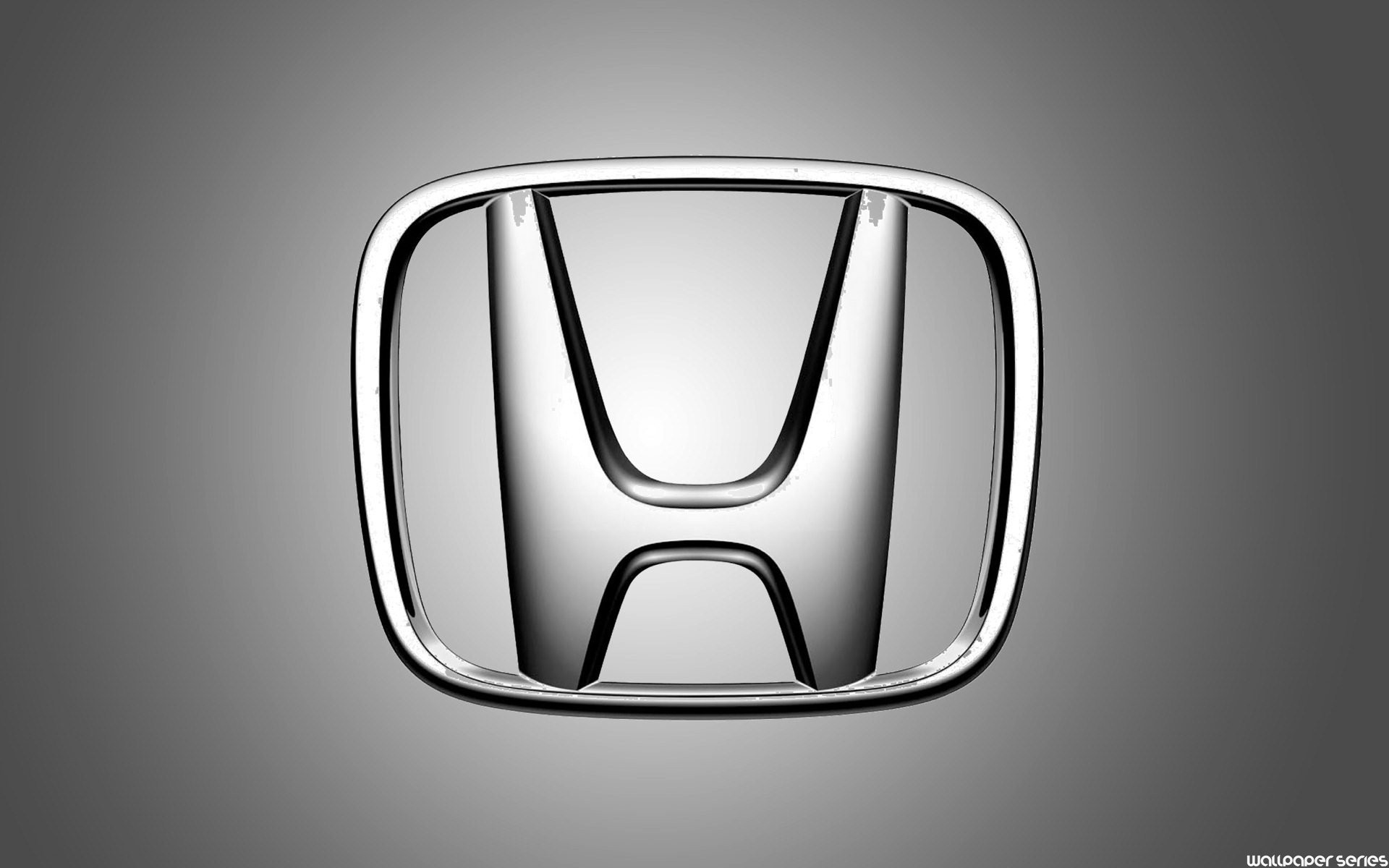QUOTE Anyway, the Buick V6 was a 90° bank angle, so it needed the 6 crank throws to get even firing intervals. Not convinced on the balance front, as late model versions used a balance shaft are were still not the smoothest things around.
Also, to me the offset throw crankshaft seems to be at a disadvantage from strength and/or weight to the 3 throw shaft.
Martin V8, as in Aston Martin?
ANS the gist of my earlier posts was that a proper ie 2014 race V6 must be a 'true' V6 ie 3 throw
and this is rather vibratory with a practical V angle but (since race V8s are flat crank ie roughly as bad as a straight 4) will be tolerated
and that a 3 throw V6 will only have even firing intervals if the V angle is 120 deg
all road V6s are now the way Buick did first ? (after their earlier entertaining improvisations)
Martin was Ted ? Martin who made a V8 3 litre for 1966 etc (I think)
(not to be confused with the unrelated 1954 Coventry Climax Godiva V8 that was only ? used in 1966)
- Login or Register
No account yet? Sign up

